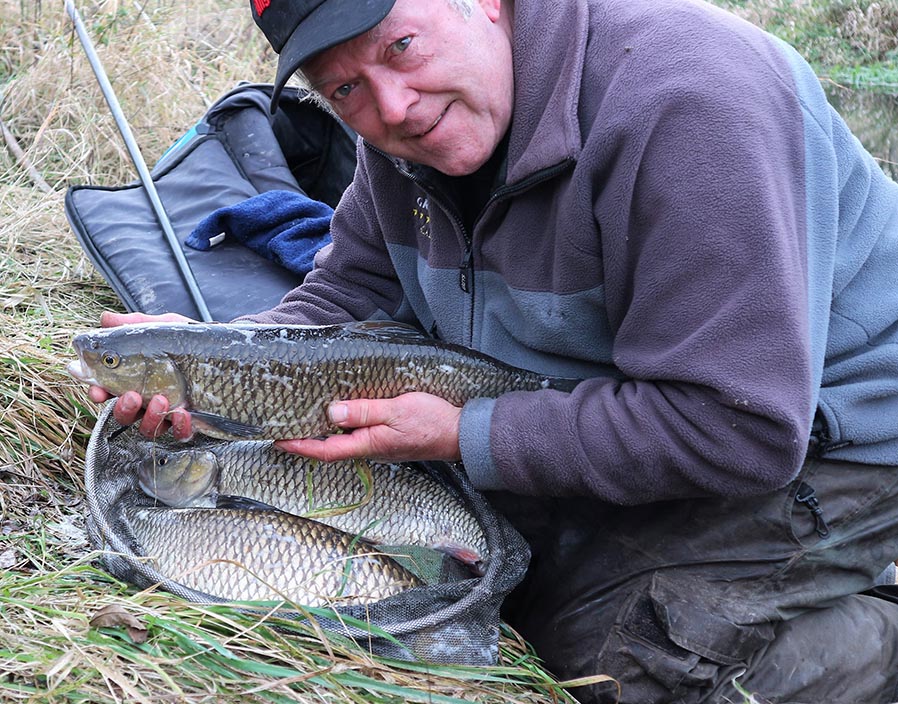Dave Coster's Fishing Diary - November
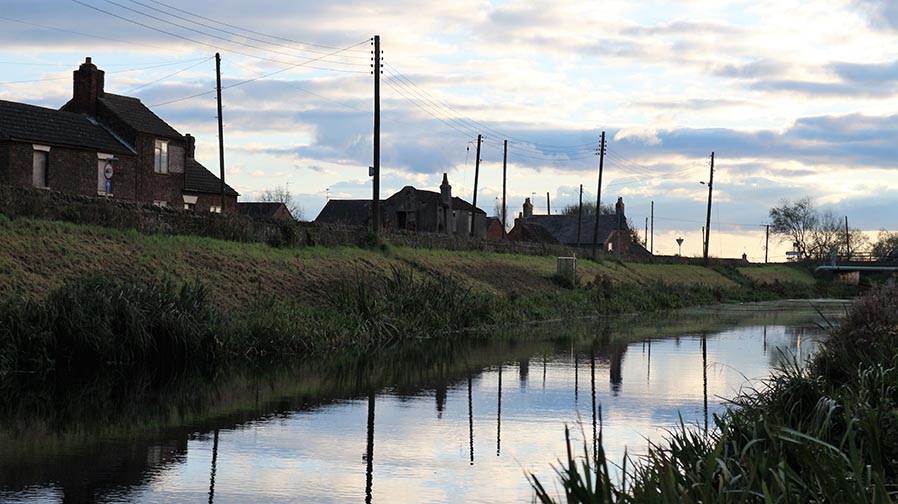
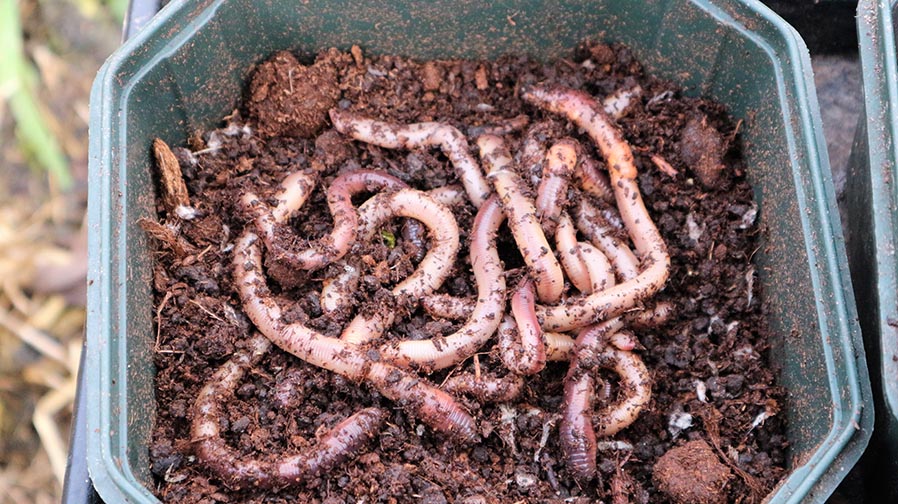
It didn’t take long before I got bites on my closer line, catching a string of small perch on bits of Dendra or single caster. Time to try a big segment of lobworm, on a slightly larger hook and stronger rig. The size of the perch immediately increased, with a couple close to the one-pound mark. But interestingly, twitching the hook bait didn’t pull any attention at all. The river was running very clear and bites were fast nips at the bait, as if the fish were nervous.
I rested the middle line and tried another pole rig much tighter to the far bank, where there was nice cover in the shape of a thick rush bed. A couple of small perch turned up and then nothing.
I fed again down the middle and decided to sit it out here in the deepest water, with large pieces of lobworm, anchored hard on the deck over the chop and caster feed. I also kept pinging out a few extra casters with a catapult, to try and activate some interest.
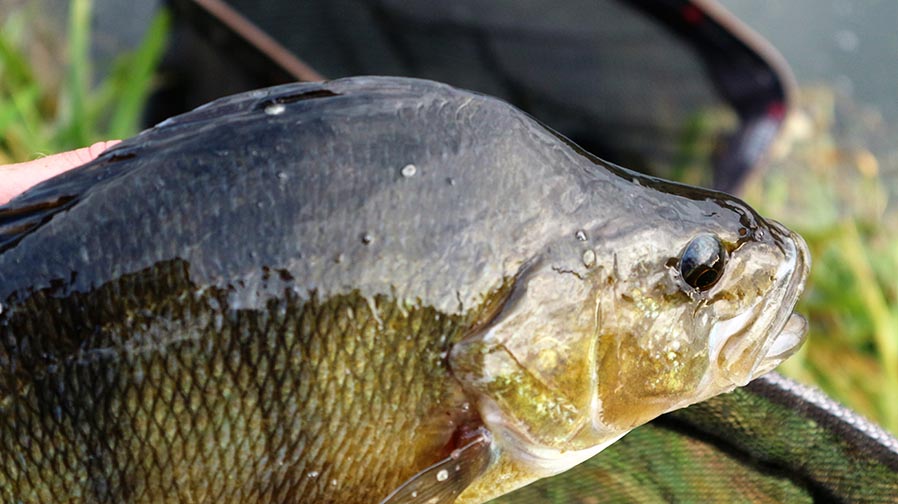
Suddenly my pole float surged under and the elastic in my top kit poured out. This was a good fish that zigzagged perch-like all over the swim. It took a while to get its head up and sure enough it was a decent perch, probably just about a two-pounder.
Next put in the same thing happened but this felt like an even bigger fish, slightly more ponderous but definitely more powerful. I let it chug around for a minute or so, gently increasing the pressure, but then it went solid on me. I didn’t feel the bump you normally get when a fish transfers your hook into a snag, so I just sat there, slackening off the tension from my pole elastic. Sometimes this works and the fish swims out of the snag, which is exactly what happened. However, I was now attached to both the fish and part of the snag by the feel of it! I could sense the fish shaking its head and suddenly it was gone, leaving me to retrieve a big lump of stringy weed. That signalled the end of the action.
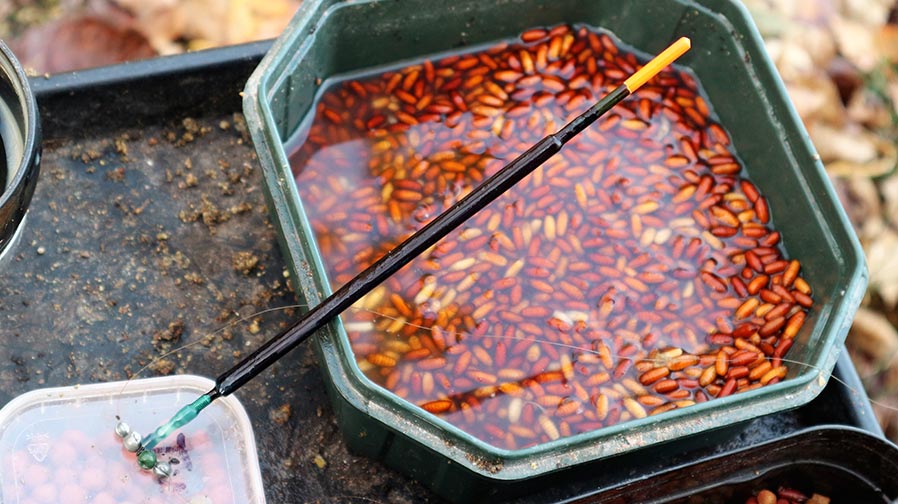
Something I like to do when the weather turns colder, is switching to using casters on commercial fisheries, instead of normal pellet orientated baits. I cut out fishmeal groundbaits too and turn to standard roach or bream mixes. My reasoning is simple. Once the first heavy frosts arrive, carp and small fish become far less active, which gives better chances of catching bigger silver fish. Many of these are pristine samples that have never been caught before, because very few anglers target them these days. However, these fish do still require quite a bit of finesse to fool them.
My first November silver fish session was with pole tackle, using a full depth rig with a 0.10mm trace and size 16 medium wire hook, backed up with a lighter on-the-drop rig with strung shot, a 0.08mm hook length and fine wire size 20 hook. I kicked off with a couple of soft balls of groundbait, laced with a bit of chopped worm and some casters, aiming to loose feed half a dozen casters over the top every few minutes.
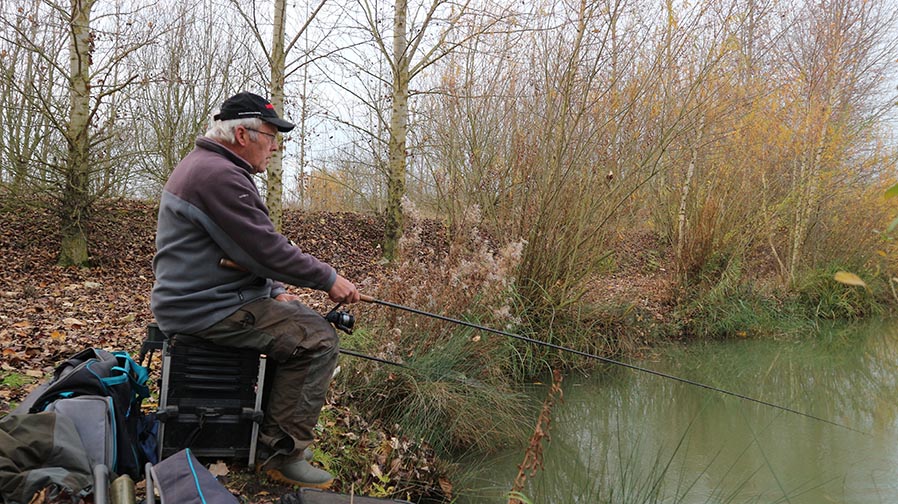
Normally you can catch a few decent sized “mug” fish straight away with red maggots on the hook, but on this occasion tiny perch and rudd homed in on these straight away. Small segments of worm on my full depth rig did find a few slightly better skimmers and the odd roach to begin with, then a larger piece of worm pulled a positive bite from a big skimmer.
As I worked the swim up with regular caster feed, the odd better swirl erupted around my float, so I brought my lighter strung rig into play - set shallow.
Suddenly it was a different ball game and a bite a chuck on a single caster. I had to whittle through quite a few small 2 to 3oz roach to begin with, before much better sized roach and rudd moved in. I was only using a light number 3 pole elastic to avoid bumping fish with the lightening fast bites. I caught another big skimmer, plus towards the end of the session scale perfect roach, several close to the pound mark. A nice hybrid also turned up.
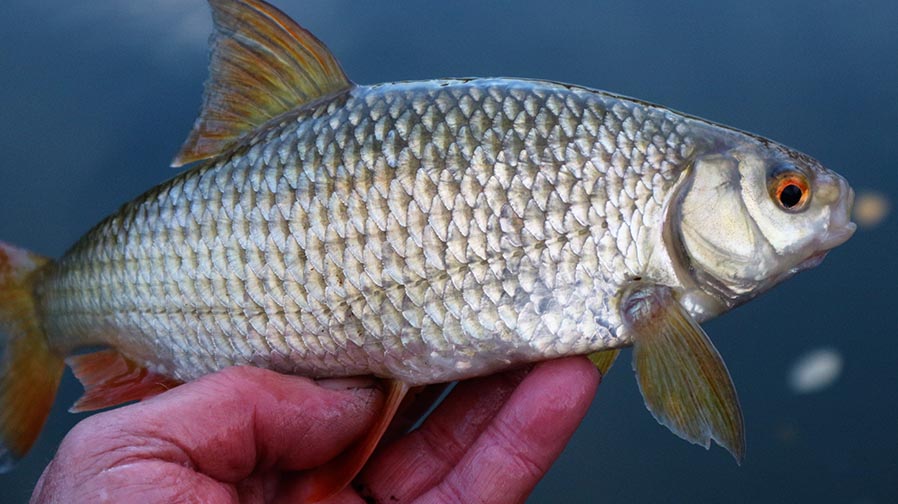
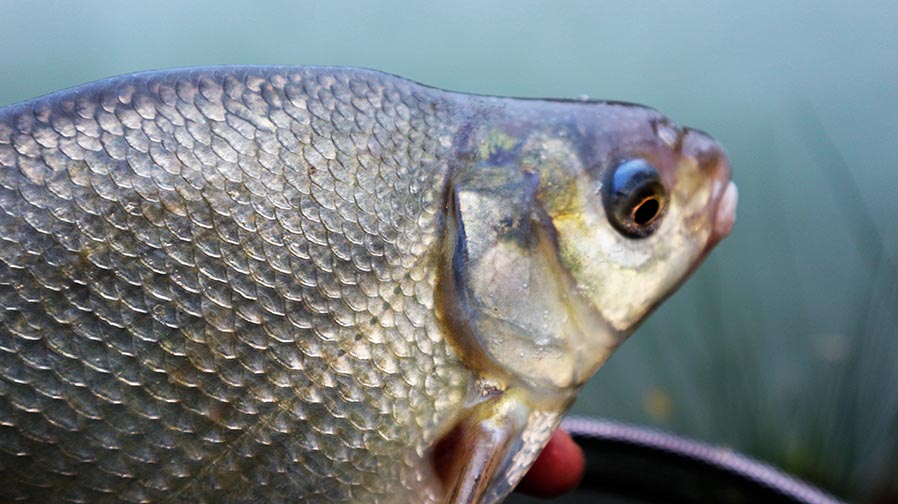
Just to find out how good casters can be at this time of the year, my next day ticket lake session saw me setting up a fine tipped insert waggler. No groundbait or worms this time, instead just loose feeding hemp and casters with a catapult. It took a good hour before the first signs of any bites, but by feeding little and often the swim gradually came to life and bites became more positive. A couple of 3 to 4oz roach, then a surprise 2 lb bream followed.
It was quite breezy and I had to adjust the depth of my float a few times, setting it several inches over-depth helped to anchor my single caster hook bait better. This was being presented on a size 18 fine wire hook, tied to 0.10mm line. It was quite a shallow swim so most of the shot on my rig were used to lock the float, with only a small swivel and two number 10s set down the line. This set up gives a slow fall to the hook bait and resulted in a fair few bites on-the-drop, especially as I built up the swim with regular feeding. Towards the end of the session, a blitz of better roach turned up, along with a couple of nice skimmers and a decent 3 lb bream. Another double figure haul when most anglers seemed to be struggling on the venue. That’s what I call caster power!
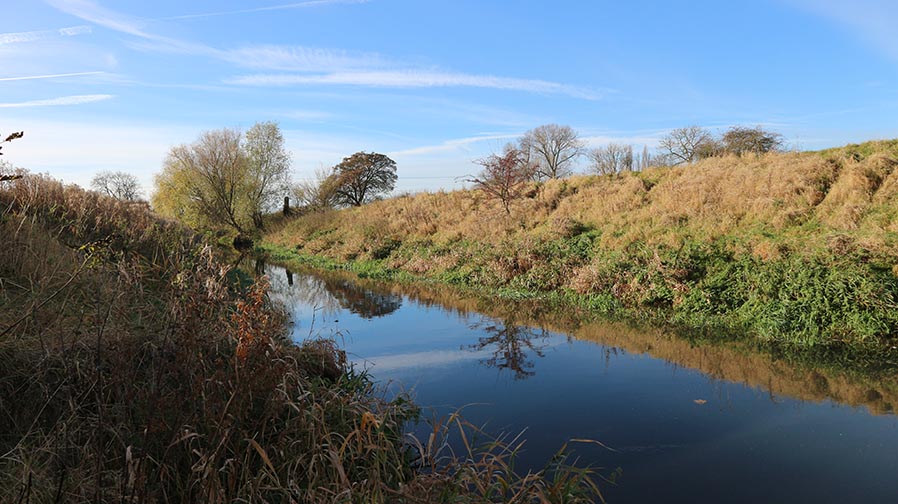
Earlier in the year I did some reconnaissance on the upper River Witham, checking out some likely looking swims, but decided to wait until the first heavy frosts before fishing it. Hopefully the cold would kill off some of the weed and also slow down the activity of nuisance fish like minnows.
There are two ways you can approach small rivers, the most common is roving, but I normally opt for the stationary method. This entails carefully picking a swim with a long trot, preferably with some fish holding features at the tail of it. The idea here is to keep a constant trickle of loose feed going in, so eventually fish will move upstream of the features, into open water. This gives you an advantage when using light tackle, because you are less likely to get snagged up by big fish ploughing straight into any cover they normally inhabit. I also believe you can catch more this way, rather than sitting right on top of a shoal, where a hooked fish can quickly spook the others.
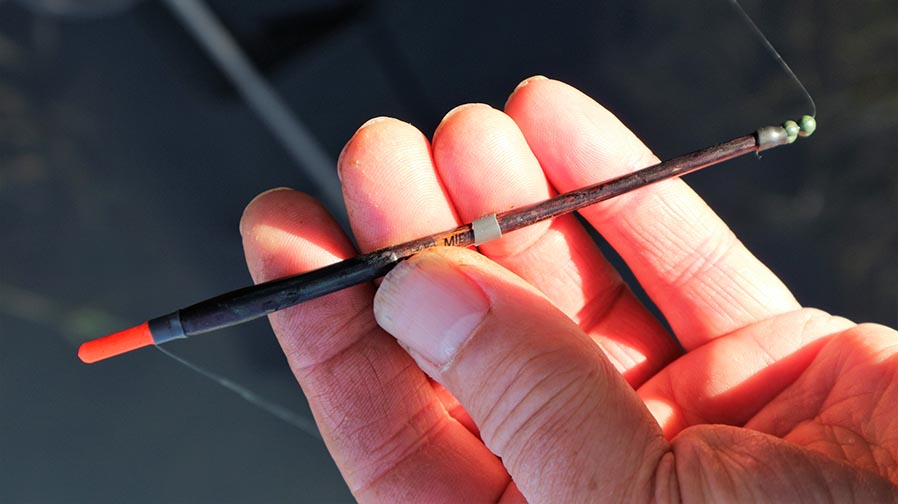
The only problem with the sit and wait approach is it can take a fair bit of time for the fish to find the loose feed you are regularly introducing. On a cold day, like the one in question, the first few hours can be a bit boring!
Because the swim was so shallow, I was using a cut down stick float, which only takes 2 number 4 shot and a couple of number 10s. I had to push the two number 4s directly underneath the float and spread out the 10s below. This meant, by holding a tight line against the float, I could run the tackle through the steady two-foot-deep glide without constantly snagging the fine bottom weed.
It took a while to get what looked like a couple of shy bites. I converted one of them and it turned out to be a minnow. A bit later a tiny grayling followed.
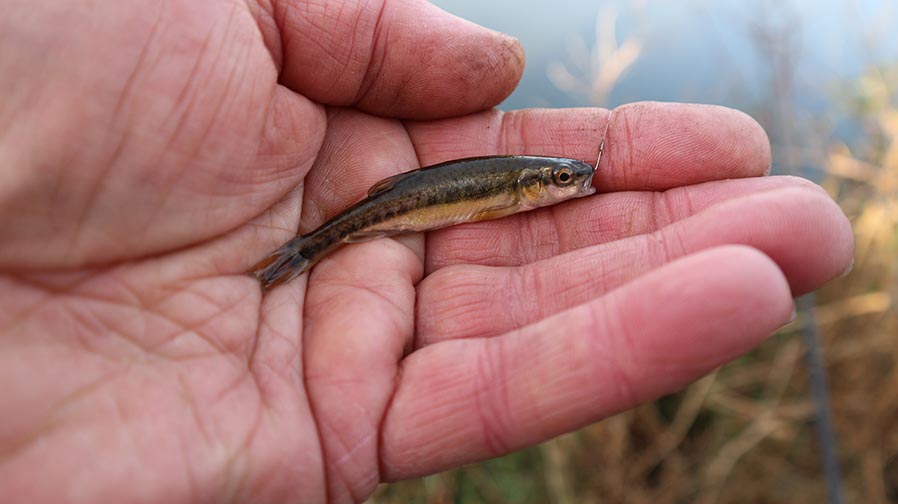
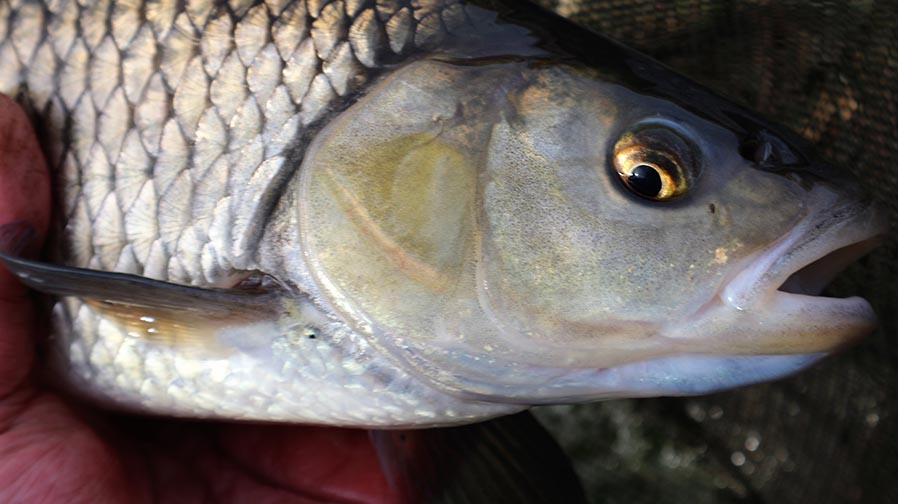
Then suddenly, just after feeding some casters, the surface of the narrow swim rocked as something big down below moved through it. Next cast my float shot under and I had to hang on as a very powerful force surged downstream at a rate of knots. I managed to turn the fish some 20 metres down the swim and even then my 13ft float rod was arched around alarmingly. But gradually I felt I was getting a bit of control, constantly reminding myself that I was only using a 0.12mm trace and a tiny size 18 hook. Luckily this relatively light tackle was well balanced with the forgiving action of my rod, so I managed to keep up with the pressure, gaining line back on my reel and soon netted a hefty chub.
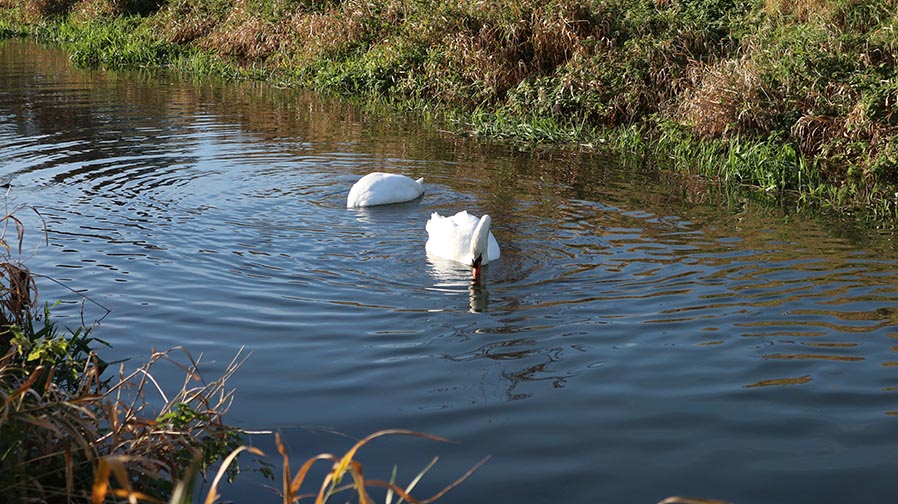
Just as I was thinking all my hard work carefully feeding up the swim was going to pay off, two swans appeared. As they moved up through my swim they immediately noticed the hemp and caster feed laying on the bottom and started mopping it up! I waved my arms and landing net around, hissing and shouting at them, but these birds were not going to budge until they had cleaned up every morsel they could find. Time for a cup of coffee and a calm down!
After the swans finally moved off, I started feeding up the swim again, wondering how long it would take to repair the damage. But amazingly, another bow wave rocked the surface, my float shot under and I was in business again! This felt like an even bigger fish. After the last one and seeing how much pressure I could apply with my balanced tackle, I soon had it in the landing net. Another big lump of a chub quickly followed, but then the swans returned. This time it took 15 minutes before they decided to go, but I managed to keep pinging a few casters by catapult well downstream of them, which they didn’t seem to notice. In fact, instead of destroying the swim, in the end I think the swans helped to pull more fish into it, due to the way they were stirring up the bottom.
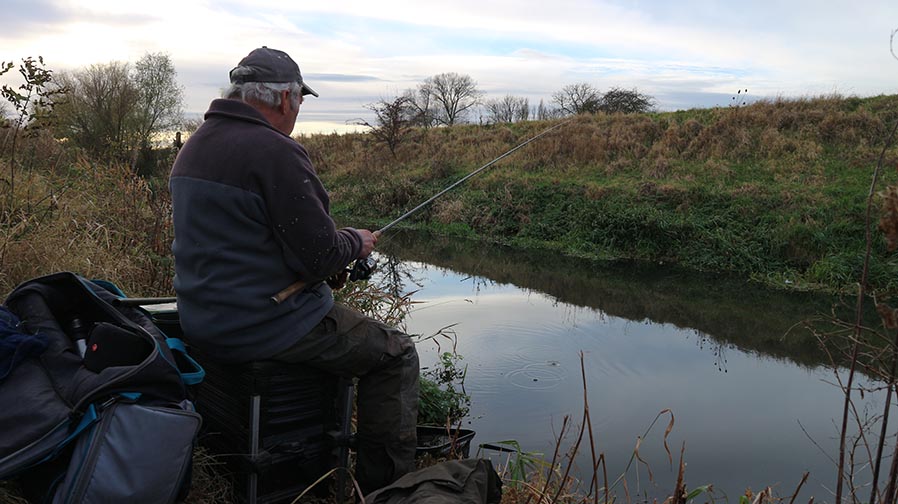
Proceedings were not to go all my way though. The next big chub I hooked came off and the one after craftily found a sunken branch I didn’t know was there - several yards down the margins. I walked down and fished around with my landing net, but the fish had expertly transferred my hook into the branch. Damned clever!
After that it was suddenly getting dark. I managed two more chub and was well pleased with my haul, particularly after meeting a couple of roving anglers, who hadn’t had a bite all day. It has been far too long since I have enjoyed fishing small rivers like the Upper Witham. So, I’m really looking forward to exploring it further during the coming months. The great thing about this type of venue is you can usually make something happen, even when it’s bitterly cold and most other places are covered in ice.
